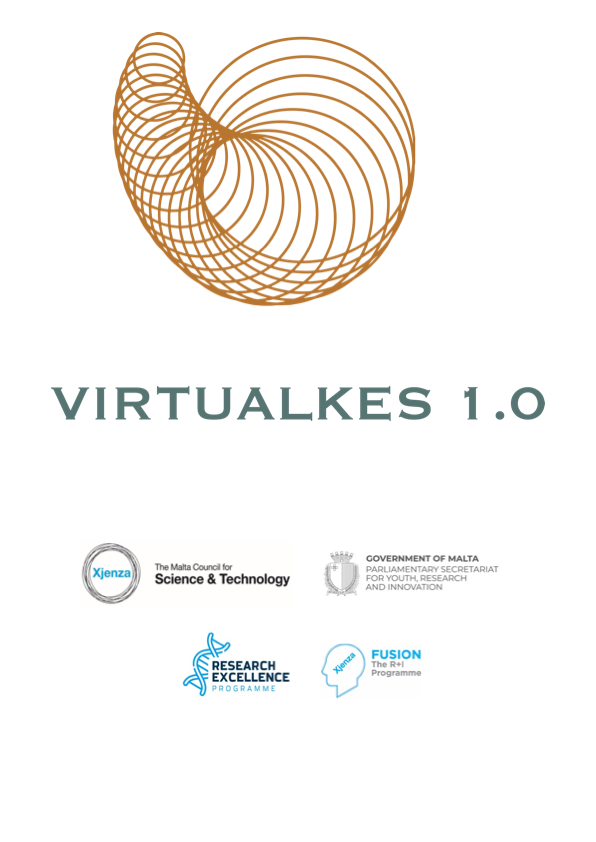Virtual Kinetic Energy from Solar 1.0 (VirtualKES1.0)

Renewable energy, especially solar energy from Photovoltaics (PVs) have gained tremendous momentum in the Maltese Islands in form of rooftop based installations, and in a few cases, as PV farms. This transition is an excellent way forward to reduce the environmental impact of generation from gas, on which Malta is currently heavily dependent on. As a matter of fact, Malta offers 80% bright sunny days in a year, and during weekdays, PVs during daytime can generate up to 30% of the total load, therefore reducing the requirement of the apparent power drawn from the Interconnector (based between Malta and Ragusa).
The issues with the high proliferation of solar energy is well known, and these issues range from the voltage based issues on the grid-edge (the end customers), intermittent power generation, and frequency based issues. The voltage based issues arising from PVs can have detrimental effect on the transformers, the consumer loads, and the unbalance in the voltages. The intermittency of the PVs can be an issue for the grid operator for instantaneously meeting the supply demand balance in real-time. The frequency-based issues arise when the high penetration of PVs interact with a weak system (an absence of interconnector in this case).
The project will highlight the frequency-based issues, and how the modifications in the control of PVs can be opportune for the latter in providing myriad services such as voltage regulation, frequency regulation, and also help in enhancing the large-signal stability of the utility grid. The PVs with controls based on Virtual Inertia interacts with the grid as a pseudo rotational generator (unlike a static negative load) and can provide fast frequency response thereby can further lower the requirement of interconnector to be present to stabilize the frequency, and therefore de-risking the triggering of the under/ over frequency load-shedding relays to operate.
The project will be implemented on a Maltese power system (or equivalent to showcase the efficacy of the controllers and ideas that will be proposed), thereby enabling the stakeholders to take key decisions for undertaking the future PV installations and virtual-inertia based devices.
